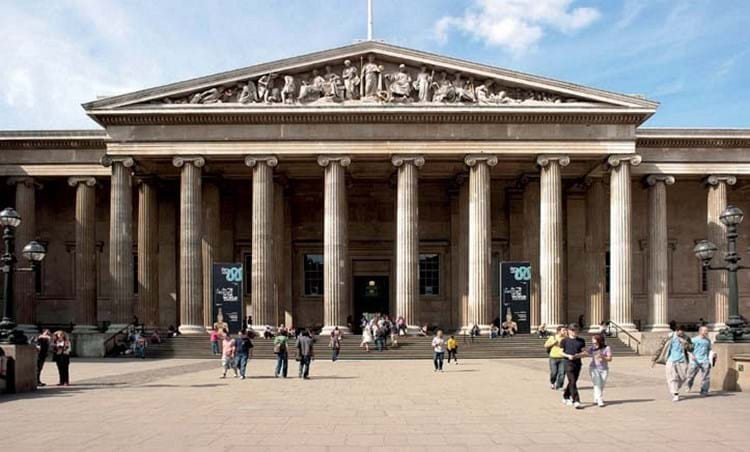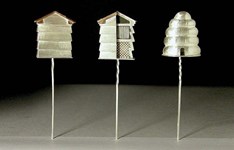
My concern lies with the statement by museum director, Dr Hartwig Fischer, that it “fully and unreservedly” supported banning the ivory trade worldwide.
It would be helpful if he could clarify his remark and hopefully give a clear endorsement to an end to the slaughter of living elephants, but not to the cessation of the buying and selling of antique ivory carvings or antique works of art that incorporate ivory elements.
He seems sensible and must surely recognise that there is absolutely nothing about the UK government’s proposed legislation that could conceivably save the life of a single pachyderm.
Graham Gemmell
How does the British Museum justify its acceptance of ivory collection?
MADAM – We find the British Museum’s double-faced British Museum to accept the Sassoon ivories, while telling all other ivory collectors to stuff their holdings in the interest of saving elephants, typical of the lost moral compass among politicians and public institutions.
Dr Fischer called the Sassoon ivories of “the greatest significance”.
The British Museum needs no lessons from the Ivory Education Institute on how all major museums obtain the bulk of their holdings. It is from the passion, pursuit and investments of collectors who assemble the objects museums come to covet.
How then can the museum justify absorbing one collection while throwing all other collections under the bus until such time as it declares something else of “the highest cultural value” and finds that since “they exist… they do not save any elephant’s life today”?
Godfrey Harris
Managing director, Ivory Education Institute, Los Angeles
The British Museum responds: The museum fully supports the ivory ban bill and the exemptions it includes which will allow museums to continue to acquire objects and make them available for display and public benefit.
The proposed exemptions will also allow the continued sale of items which are of significant artistic, cultural and historic value, along with musical instruments, portrait miniatures and those items which contain a small percentage of ivory which come under the ‘de minimis’ exemption.
The ivory objects cared for by the British Museum are integral parts of the collection, and play an indispensable part in the museum’s presentation of the history of human cultural achievement.












